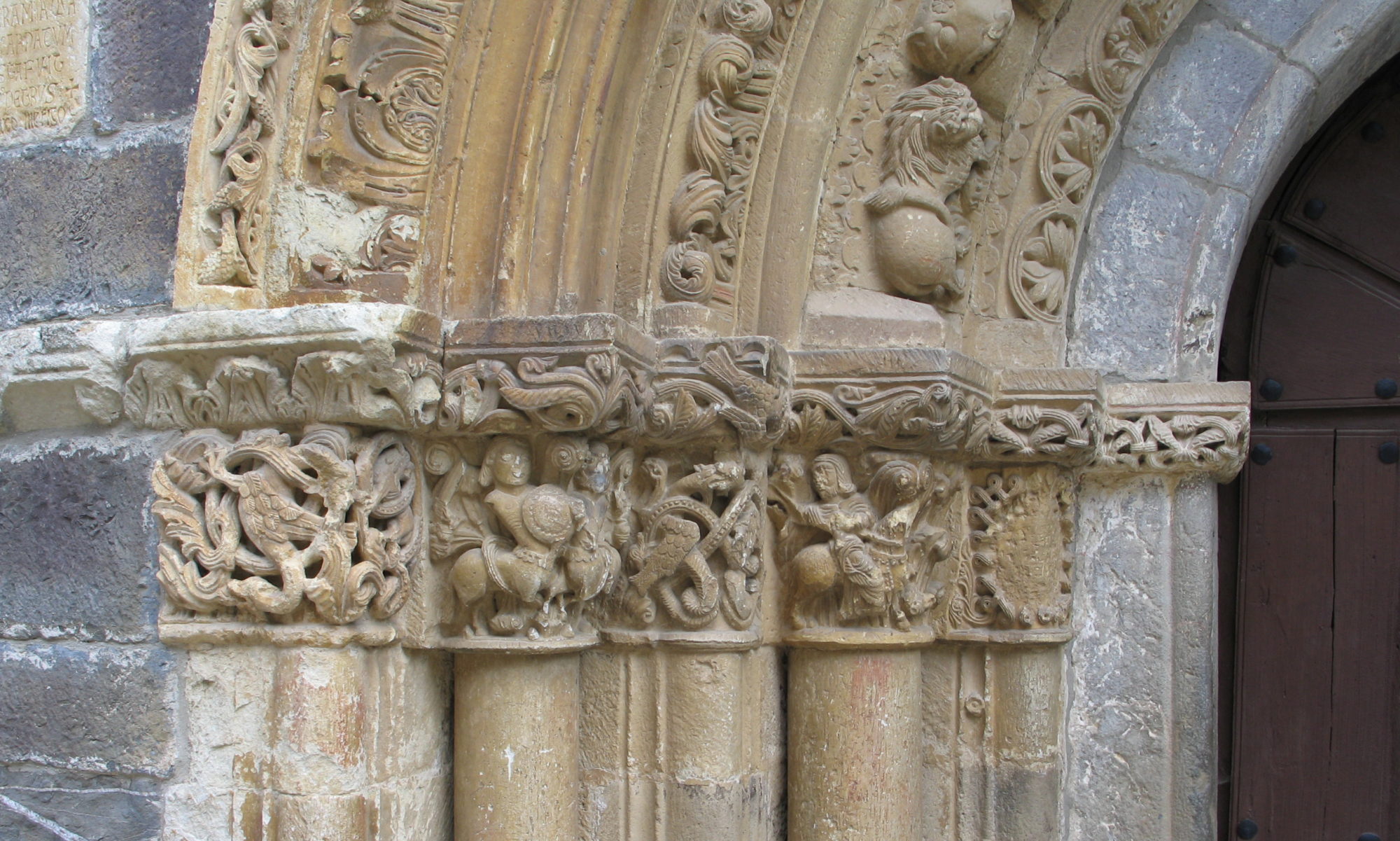I want to write soon about Vikram Chandra’s Sacred Games but it is taking me a long time to finish it, not because I am not enjoying it, but because it is so wonderful that I am savouring it slowly, like a box of Vosges truffles that you eat one a night for fear they’ll be gone too soon. So in the meantime, I thought I would list a few of the websites discussing historical fiction that I have found and liked over the past few months. I am doing this because many of these I did *not* find through a simple google search, but rather by tracking my way through a forest of links.
The first place to start is the Historical Novel Society. They publish reviews of recent historical novels (in print, for members) and have a twice yearly magazine. They also hold a yearly conference that seems to move between the States and the UK.
My favourite site for historical fiction, however, is the blog, Reading the Past, which is maintained by HNS reviewing stawart, Sarah Johnson. She is a university librarian with a knowledge of historical fiction that is both deep and wide-ranging, and I have spent many fun hours digging through her archives. She keeps track of reviews, deals, book covers, gossip, and much more.
I am intrigued by another blog, C.W. Gortner’s Historical Boys, which plans to concentrate on men who write historical novels. I am enjoying his author interviews so far. And how can I resist the blog of someone who has written a novel about Juana la Loca? What a wonderful figure to explore.
Historical Fiction is a bulletin board/web forum whose members discuss historical novels about all times and places. They also have a section where they post reviews. I haven’t spent much time here, but I like the breadth of what they talk about.
That’s probably enough for today.
